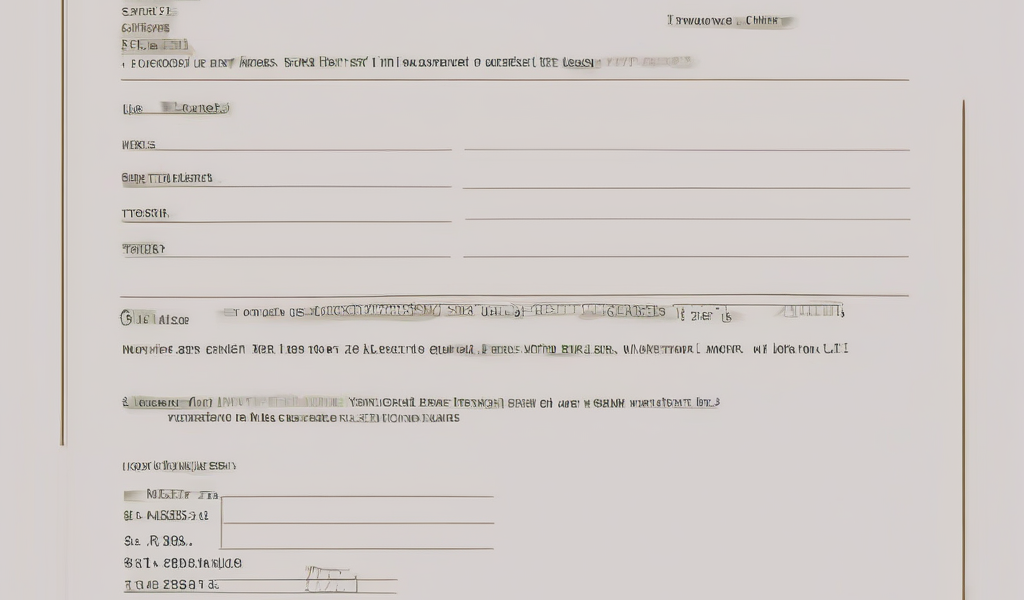Crafting the Perfect Law Firm Invoice: A Comprehensive Guide to Template Design and Best Practices
Crafting the Perfect Law Firm Invoice: A Comprehensive Guide to Template Design and Best Practices
A well-designed law firm invoice is more than just a billing statement; it’s a reflection of your firm’s professionalism, efficiency, and attention to detail. It’s the final touchpoint in the client relationship, leaving a lasting impression and contributing to successful client retention. This guide delves into the crucial elements of creating a compelling and effective law firm invoice template.
I. Essential Information for Your Law Firm Invoice Template
- Your Firm’s Contact Information: Include your firm’s full legal name, address, phone number, fax number (if applicable), email address, and website. Ensure consistency with your letterhead and other firm materials.
- Invoice Number: A unique, sequential invoice number is crucial for tracking and record-keeping. Use a system that allows for easy identification and retrieval of invoices.
- Invoice Date: Clearly state the date the invoice was generated.
- Client’s Contact Information: Include the client’s full name, company name (if applicable), address, and contact person. Verify accuracy to prevent delays in payment.
- Invoice Due Date: Specify a clear and reasonable due date for payment. State the payment terms explicitly (e.g., Net 30, Net 60).
- Description of Services: This is the core of your invoice. Use clear, concise language to detail each service provided. Avoid ambiguity and ensure each line item is easily understood.
- Hourly Rate or Fee Schedule: If charging hourly, state the applicable hourly rate for each individual working on the case. If using a fee schedule, provide a clear reference to it.
- Quantity and Unit Price: For services with varying quantities (e.g., document review), clearly specify the quantity and the unit price.
- Subtotal: Calculate the total charges before adding taxes and other fees.
- Taxes: Indicate any applicable sales tax or other taxes, and clearly show the calculation.
- Total Amount Due: The final sum owed by the client, inclusive of all charges and taxes.
- Payment Methods: Specify accepted payment methods, such as checks, credit cards, or online payment platforms. Include relevant account details if necessary.
- Late Payment Fee (if applicable): State any late payment fees, including the percentage or fixed amount charged for late payments.
- Contact Information for Payment Inquiries: Provide a designated contact person or department for inquiries regarding payment.
II. Designing an Effective Law Firm Invoice Template
- Professional Design: Use a clean and professional design that reflects your firm’s brand identity. Avoid cluttered layouts or excessive use of graphics.
- Clear Font: Choose a legible font (e.g., Times New Roman, Arial) in a size that is easy to read.
- Consistent Formatting: Maintain consistent formatting throughout the invoice to enhance readability.
- Logical Organization: Arrange information logically, ensuring that essential details are easily accessible.
- Professional Logo (optional): Including your firm’s logo can reinforce brand recognition and professionalism.
- Use of White Space: Incorporate white space effectively to prevent the invoice from appearing cramped or overwhelming.
- Accessibility Considerations: Ensure your invoice is accessible to clients with disabilities by using appropriate font sizes and color contrast.
III. Software and Tools for Creating Law Firm Invoice Templates
- Spreadsheet Software (e.g., Microsoft Excel, Google Sheets): While basic, spreadsheets can suffice for simple invoices. However, they lack advanced features and customization options.
- Word Processing Software (e.g., Microsoft Word, Google Docs): Offers more flexibility and design options compared to spreadsheets, but can be less efficient for managing large volumes of invoices.
- Dedicated Invoicing Software: Specialized invoicing software offers robust features, including automated invoice generation, payment processing, and client management. This is recommended for larger law firms or those needing advanced functionality.
- Legal Practice Management Software: Many legal practice management systems integrate invoicing capabilities, streamlining the billing process and improving efficiency.
- Invoice Template Websites and Services: Numerous online resources offer pre-designed law firm invoice templates that can be customized to fit your firm’s needs.
IV. Best Practices for Law Firm Invoicing
- Regular Invoicing: Issue invoices promptly after completing work or reaching a billing cycle milestone. This ensures timely payment and improves cash flow.
- Detailed Itemization: Provide detailed descriptions of services rendered to ensure transparency and avoid misunderstandings with clients.
- Clear Payment Terms: Clearly state payment terms to avoid confusion and potential disputes.
- Multiple Payment Options: Offer multiple payment options to accommodate client preferences and improve payment processing.
- Follow-Up on Unpaid Invoices: Establish a system for following up on overdue payments, including sending reminders and initiating collection procedures when necessary. This should be done in a professional and courteous manner.
- Maintain Accurate Records: Keep accurate records of all invoices, payments, and outstanding balances. This is crucial for financial reporting and compliance.
- Regularly Review and Update Templates: Periodically review and update your invoice template to ensure it reflects current practices, client preferences, and any changes in regulations.
- Compliance with Legal and Ethical Requirements: Ensure your invoice templates and billing practices comply with all applicable legal and ethical requirements, including rules related to attorney fees and client trust accounts.
- Client Communication: Maintain open communication with clients about their invoices, addressing any questions or concerns promptly.
- Secure Storage of Invoices: Store invoices securely to protect client data and maintain confidentiality in compliance with data privacy regulations.
V. Advanced Features to Consider for Your Law Firm Invoice Template
- Time Tracking Integration: Integrate with time tracking software to automatically populate invoice details based on recorded time entries.
- Expense Tracking: Include a section for expenses related to the case, ensuring transparency and accurate billing.
- Matter Number or Case ID: Include a matter number or case ID to easily link invoices to specific cases within your firm’s case management system.
- Customizable Fields: Incorporate customizable fields to add relevant information specific to your firm or particular cases.
- Electronic Signatures: Implement electronic signatures to expedite invoice processing and enhance security.
- Payment Gateways Integration: Integrate with payment gateways to enable secure online payments from clients.
- Automated Reminders: Utilize automated reminders for past-due invoices to reduce manual follow-up and improve payment collection.
- Reporting and Analytics: Utilize reporting features to track key metrics, such as outstanding balances and payment trends.
VI. Legal Considerations for Law Firm Invoices
- Compliance with State Bar Rules: Ensure your invoicing practices comply with all applicable state bar rules and ethical guidelines regarding attorney fees and client trust accounts.
- Clear and Unambiguous Language: Use clear and unambiguous language in your invoices to avoid misunderstandings and potential disputes.
- Detailed Descriptions of Services: Provide sufficient detail in the description of services rendered to justify the fees charged.
- Accurate Record-Keeping: Maintain accurate records of all invoices, payments, and related transactions.
- Data Privacy and Security: Comply with data privacy and security regulations when handling client information on invoices and in your billing system.



